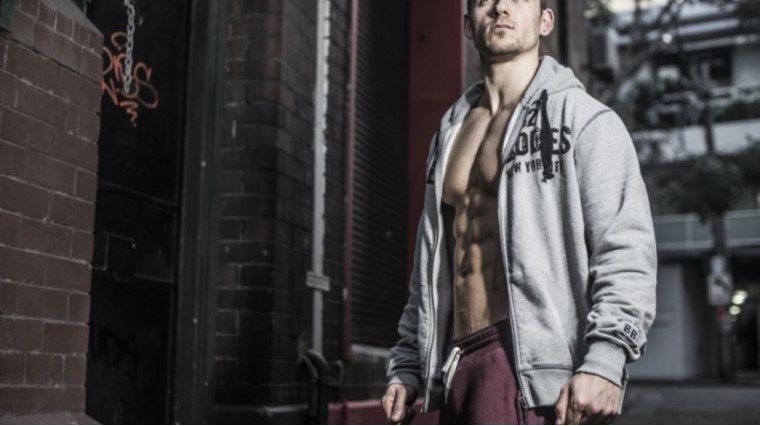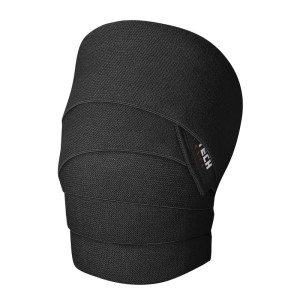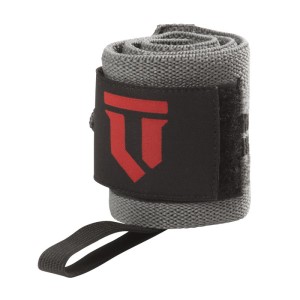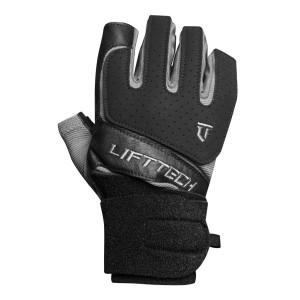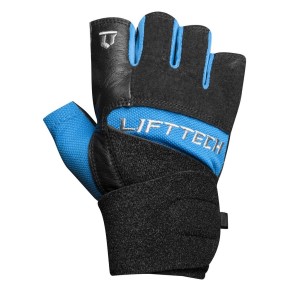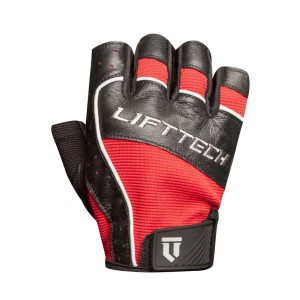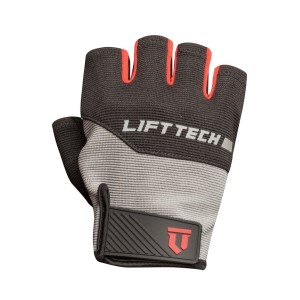For me, the most important message I’ve tried to portray is one of balance and of sustainability. One where fitness, training, nutrition and lifestyle all come together to ensure that life isn’t dictated by one or the other, but rather, they can coexist seamlessly. I preach flexible nutrition and training methods & encourage people to live their lives whilst practicing true moderation.
Can you share with us your typical weekly fitness routine?
I train 6-7 days per week, incorporating big compound movements as the core of my training routine, with isolation & cardio to suit my goals. A typical week might look like:
Monday: Moderate Deadlifts/ Chest/ ShouldersDeadlifts:
5 x 8-10 @ 70-75% 1RM
Snatch Grip Deadlift: 3 x 10-12
Incline DB Bench Press: 4 x 12-15
Decline Cable Flye: 4 x 20
DB Shoulder Press: 4 x 8-10
DB Lateral Raise: 4 x 12-15
Tuesday: Heavy Squats/ Lower Body AccessorySquat:
5 x 5-6 @80-85% 1RM
Weighted Walking Lunge: 4 x 30
Leg Extension: 4 x 20
Hamstring Curl: 4 x 20
Weighted Calf Press: 5 x 10
Wednesday: Chest/ Back/ Shoulders
Incline DB Bench Press: 5 x 10-12
Decline Cable Flye: 5 x 20
(Weighted) Wide Grip Chins: 4 x 6-8
Pulldowns: 4 x 12-15
Single Arm DB Row: 4 x 10-12 each
Machine Row: 4 x 12-15
Standing Overhead BB Press: 4 x 6-8
Seated DB Shoulder Press: 4 x 12-15
Bent Over Rear Delt Flyes: 4 x 15
Thursday: Cardio/ Core
6-8 x 15-20 sec sprint w/ 1:40 active recovery
Barbell Rollouts: 3 x 15
Weighted V-Sit: 3 x 15
Hanging Leg Raises: 3 x 20
Exercise Ball Oblique Crunch: 3 x 15 each
Cable Woodchop: 3 x 15 each
Russian Twists: 3 x 50
Weighted Calf Press: 5 x 12
Friday: Heavy Deadlifts/ Back/ Chest
Deadlift: 5 x 5-6 @80-85%
Rack Pull: 3 x 8
Incline Bench Press: 4 x 8
Incline DB Flye: 4 x 12
Decline Cable Flye: 4 x 20
Wide Grip Pulldown: 4 x 12-15
BB Bent Over Row: 4 x 12-15
Seated Machine Row: 4 x 12-15 each
Straight Arm Cable Pushdown: 3 x 12-15
Saturday: Moderate Squats
Squat: 5 x 8-10 @70-75% 1RM
Leg Press: 3 x 50
Leg Extension: 4 x 25
Hamstring Curl: 4 x 25
Calf Raise: 5 x 15
Sunday: Off/ Cardio – Depending on goals
6-8 x 15-20 sec sprint w/ 1:40 active recovery
What does your pre-workout fuel look like?
The type of meal I consume before I train will largely depend on the time of day I’ll be training, but I like to ensure I get a good chunk of carbs in beforehand. I typically start my day with oats, greek yoghurt, fruit & peanut butter before training an hour or two after that.
What does your post-workout fuel look like?
I’ll typically time my workout between two meals. Rather than focusing solely on pre and post workout nutrition I’ll concern myself with meeting daily targets & requirements as far as calories, proteins, carbs & fats are concerned, so after I train I usually just consume my next meal. If I’m pressed for time or at work, I might just grab an Optimum Nutrition Pure Pro 50 Shake.
What are some of the biggest mistakes men make at the gym?
Spending the amount of time in the gym that I do, I see a lot of people, both men and women alike, lift weights that are clearly too heavy for them. When it comes to training, I have always placed an emphasis on form rather than lifting for my ego. Increasing volume over time is the driving force behind strength & hypertrophy gains. Improving strength & progressively overloading without jeopardizing your form is going to allow you to drive the greatest possible percentage of the weight you're lifting through the target muscle(s), despite what some people tend to think. Maintain relatively strict form & you'll load the target muscle far more effectively, promoting further growth & stimulation of muscle fibres - whether you’re training your biceps & triceps, back, chest, quads etc. Violent use of momentum & lifting weight that's clearly too heavy for you makes you look a little silly & won't offer the sort of recruitment of muscle fibres that you're after. My advice would be to ditch the cheat curls & half reps wherever possible - counting those reps in your head doesn’t mean you’re legitimately translating force adequately.
What is the best exercise to gain upper body strength?
Compound movements are always going to offer the best bang for buck. Bench Press or Overhead Press.
What is the best exercise to build lower body strength?
Compound movements are always going to offer the best bang for buck. Barbell Squat or Deadlift.
What low impact exercises do you suggest for days off from the weights room?
Walking, low-moderate intensity non-impact cardio such as swimming, cycling, spending time on the cross trainer.
How important is post workout recovery and what should it involve?
Stretching, foam rolling, massage are all going to assist with maintaining and improving mobility, general muscle soreness, and stiffness and ensure that in time you’re able to recover more quickly in time for your next session. Forgetting to incorporate some active recovery work likely means you’ll be stiffer, more sore & find it more difficult to keep progressing and improving from week to week.
Let’s be honest … what does it really take to maintain those abs? Calorie control; consistency with your nutrition. You don’t have to avoid your favourite foods or give up alcohol or carbs. I simply control my intake from a calorie and macronutrient perspective whilst ensuring I enjoy my diet and lifestyle within reason. If that doesn’t make sense, head to nickcheadlefitness.com, do some reading and sign up to my free newsletter.
